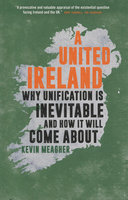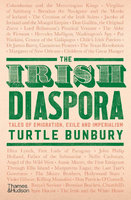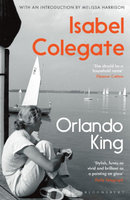Since June 2020 and the Black Lives Matter violent demonstrations in the US, the movement soon travelled across the Atlantic and governments and communities have made concessions in the spirit of reconciliation as a part of a general trend within the British establishment to atone for its past. In Edinburgh, a cross honouring what its called 'The Heroes of Lucknow' became the focus of attention, accused of glorifying Britain's subjugation of the Indian Mutiny or War of Independence of 1857. Critics dismissed these gestures as virtue signalling and the so-called 'woke' agenda. Defenders of the Raj refer to the benefits of its rule, pointing to the endowments of Western education, law, culture and government on a vast subcontinent devoid of any political, economic and social structures of its own, instead once ruled by ignorant and uncivilised despots. It was an accident of history that the British arrived just as the last of the sophisticated civilisations and empires in India, battered the Mughals, was approaching its nadir. Demolishing the myth that British rule was on the whole advantageous to India, Andrew Hyde shows how Britain's pursuit of profit brought about the deindustrialisation and impoverishment of the country over centuries, and how its celebrated feats of engineering incurred tremendous financial, social and ecological cost. India's industries were suppressed, and manufacturers subjected to unfair competition and tariffs. Wealth was drained first by the East India Company, and then the Crown. Indians were impeded from participation in administration, allowing Britain to pursue its policies almost without restraint. Ultimately, this dependency meant the masses became poorer and more susceptible to famines. After the end of British rule, problems remained, with India and Pakistan emerging as heavily armed states and engaging in frequent wars that continue to absorb much of their national income. Today's concerns include attitudes to religious minorities, self-determination, and freedom of speech, along with the continuing crisis in Kashmir. The author has endeavoured to 'afford a thorough and balanced appreciation of this unique and remarkable 350-year relationship.' 352pp, 16 pages of archive and colour photos and map of the East Indies.
Additional product information









